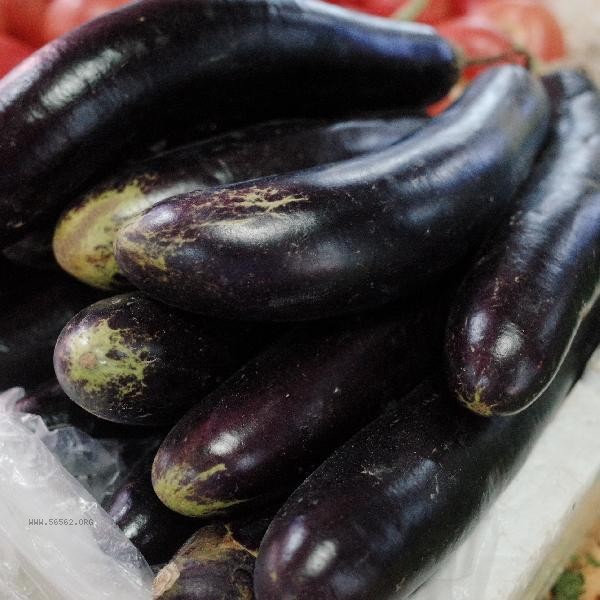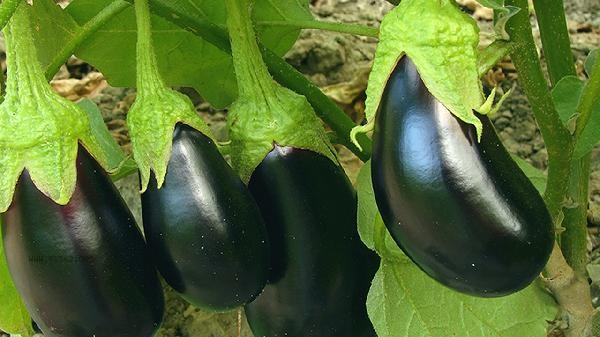The key to eggplant not changing color and being delicious during cooking lies in the pre-treatment and cooking techniques, mainly including rapid oiling, saltwater soaking, high-temperature stir frying, pairing with acidic ingredients, and choosing fresh eggplant.

1. Quickly oil
Cut eggplants and immediately fry or stir fry them with high-temperature oil. High temperature can quickly destroy polyphenol oxidase activity and prevent oxidation and blackening. After oil treatment, the outer skin of eggplants forms a protective layer, which is less likely to become soft and tender during subsequent stewing, resulting in a firmer texture. Pay attention to keeping the oil temperature at around 60% hot for no more than 30 seconds to avoid excessive oil absorption.
2. Salt water immersion
Soak sliced eggplants in 3% concentration salt water for 10 minutes. Salt can penetrate cells and inhibit enzyme activity, while draining some water and reducing oil absorption. After soaking, it is necessary to thoroughly drain the water before putting it into the pot, otherwise it will affect the stability of the oil temperature. This method is particularly suitable for cold mixing or steaming, as it can keep eggplants bright and purple.
3. High temperature fast frying
uses a high heat frying method to shorten cooking time. When the pot temperature reaches 200 ℃ or above, add eggplant and continue stir frying to quickly char the surface. It is recommended to use an iron pot for good heat storage effect, combined with spices such as scallions, ginger, garlic, etc. to burst the aroma synchronously, which can lock in the color and enhance the flavor. Avoid sudden temperature drops caused by adding water midway.

4. When cooking with acidic ingredients [SEP], adding acidic substances such as vinegar, tomato, lemon juice, etc. and controlling the pH value below 4.5 can effectively inhibit enzymatic browning. Braised eggplant can be cooked in a pot with 1 tablespoon of white vinegar first, while cold eggplant can be mixed with lemon juice. Acidic environment can also soften the fiber of eggplant meat, making the taste more delicate.
5. Choose fresh eggplants.
Priority should be given to selecting tender eggplants with smooth and shiny skin, fresh green stems, and elastic pressing. Old eggplants have high polyphenol content and are prone to oxidation. Purple black long eggplant is more resistant to discoloration than round eggplant. If there are signs of browning on the cut surface, the surface layer can be removed by 1 millimeter before processing. Buying and eating eggplants now is less likely to discolor than storing them in refrigeration. Eggplant is rich in anthocyanins and phenolic substances, and is prone to enzymatic browning when exposed to air. It is recommended to pay attention to isolating oxygen during the entire cooking process. Immediately process or cover with a damp cloth after cutting, and apply a small amount of sesame oil to form a protective film before plating. During daily storage, seal and refrigerate in a fresh-keeping bag for no more than 2 days. For frozen storage, steam until half cooked first. Cooking with green peppers or tomatoes rich in vitamin C can not only protect color but also promote iron absorption. Pay attention to controlling the amount of oil used to avoid nutrient loss.









Comments (0)
Leave a Comment
No comments yet
Be the first to share your thoughts!